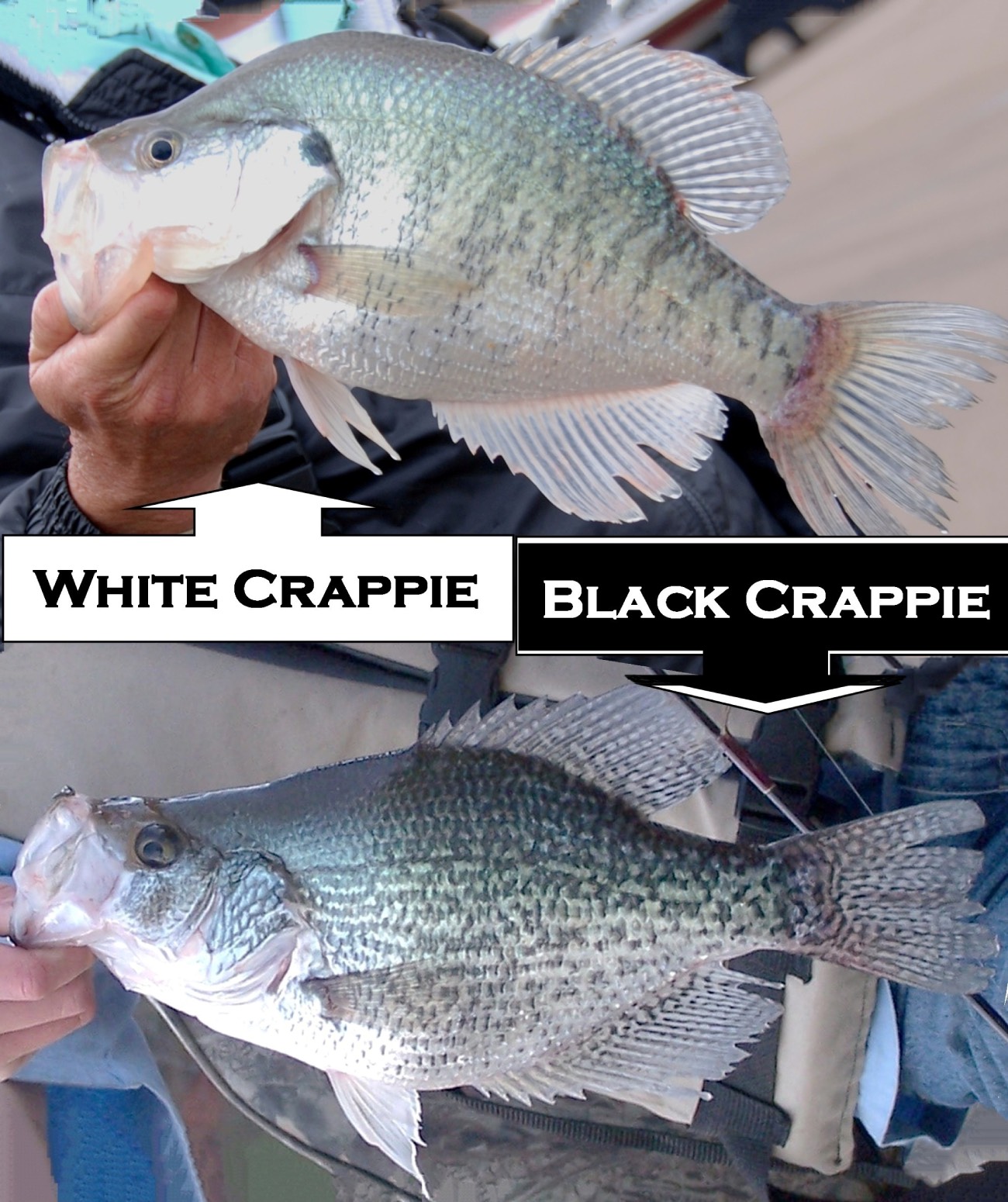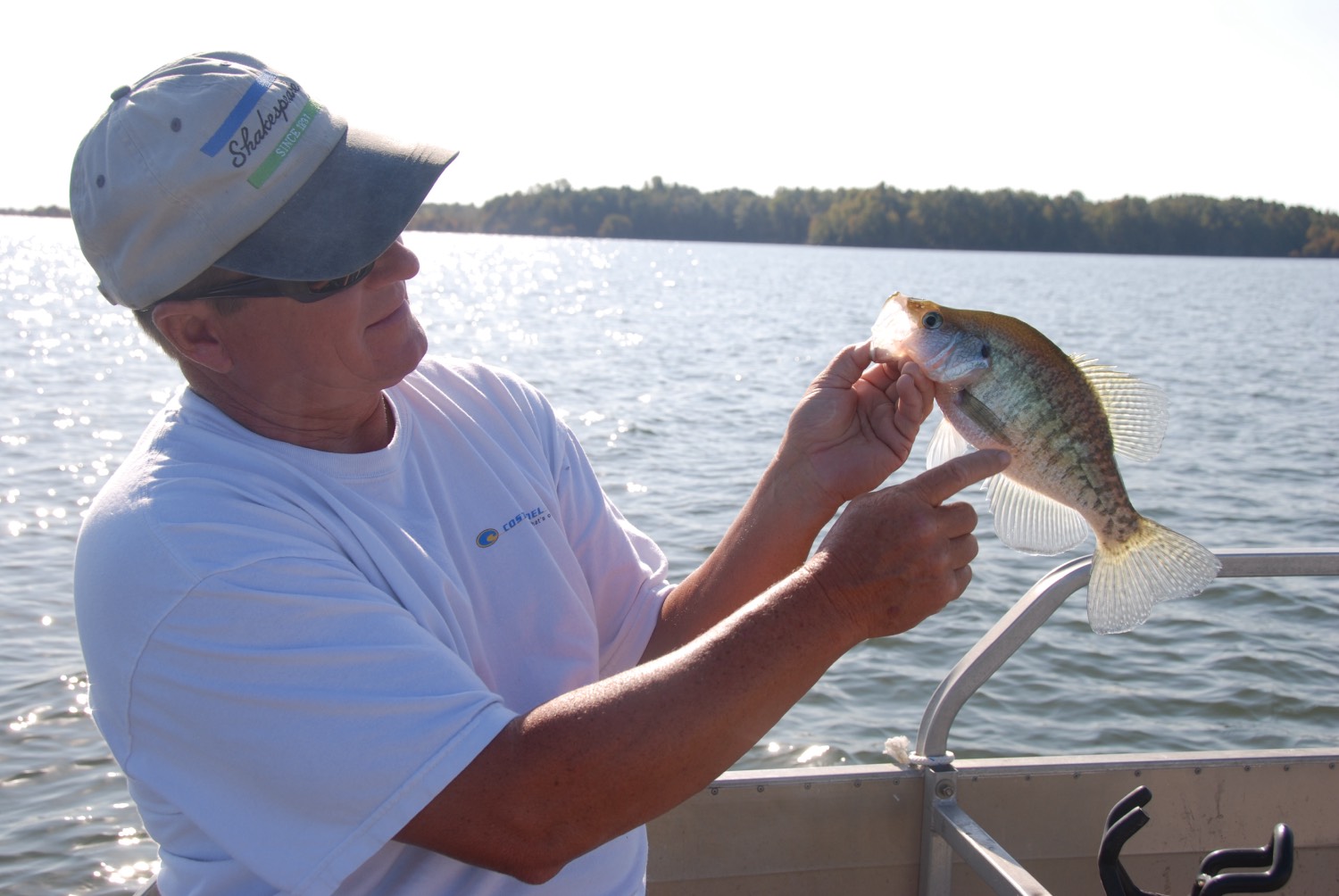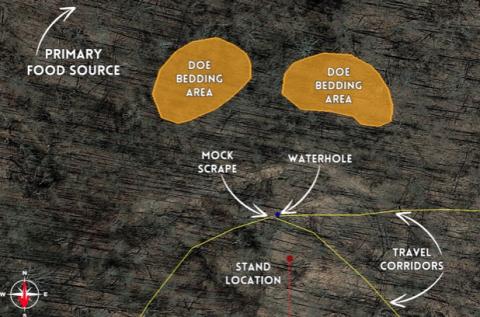
Phillip Gentry
A lot of anglers lump the black crappie and the white crappie together as one species, but knowing the differences can help you catch more fish.
Across the country, there are a lot of variances in the way anglers refer to crappie. Common names are white perch, speck, sac-a-lait, papermouth, and of course the two difference pronunciations of croppie and crappy.
Regardless of how you refer to this fish, one of the most basic factors in understanding how to pattern them and then how to catch them is to understand that crappie fall predominantly into two major species – black crappie and white crappie.
Along the way there are some crossovers and variants. Most of these are test-tube species, such as the Magnolia crappie – a hybrid developed in the state of Mississippi, and natural anomalies – the Black Stripe, which is simply a recessive trait of the black crappie.
Black Crappie
Black crappie are found throughout most of the United States and Canada from Virginia to Florida along the Atlantic coast and southwest along the Gulf of Mexico from the western panhandle of Florida across to Texas. Black Crappie also can be found within the St. Lawrence River, the Great Lakes and the Mississippi River basins.
Black crappie are highly structure oriented, more so than white crappie, and typically relate to some type of bottom structure or contour including natural and manmade wood cover. Due to it’s native range, black crappie also may be found holding close to aquatic plant growths.
Black crappie feed predominantly on fish species, but their diet may also include invertebrates like crawfish and shrimp as well as tadpoles and even aquatic insects and larvae. The overall mouth structure of the black crappie makes it more suitable to engulf smaller prey than it’s white cousins. It’s debatable whether the black crappie actually prefer smaller baits or if white crappie, which tend to eat larger prey, skew the comparison.
Studies have shown that black crappie have a higher salinity tolerance which allows it’s native range to expand further into coastal regions along the East and Gulf coasts.
White Crappie
If black crappie seem to be the more introverted of the two species, it’s due to it’s affinity to hold in cover, whereas the white crappie may relate to cover and or bottom structure, but will often suspend above and away from cover.
While real time forward-facing sonar has shown both species will stray away from cover, it’s difficult to tell if this is a natural inclination for black crappie or is the influence of fishing pressure.
The native range of white crappie is very similar to black crappie minus the extreme northern range into Canada, the extreme southern range into Florida, and coastal river habitats.
The diet of white crappie is made up almost entirely of fish prey, one of the reasons that stocking of white crappie into smaller bodies of water should be avoided as the fish may consume other fish species as fast as they can reproduce.
Because of its tendency to suspend up in the water column, crappie anglers have much success trolling for white crappie in areas where there is enough clearance above and away from structure to do so.
How To Tell Them Apart

Some novice crappie anglers may have a hard time distinguishing between the two similar species of crappie. Most agree that with a little experience, it’s easy to tell the difference between the two:
- Black crappie have irregular, dark blotches or speckles on their sides and either seven or eight dorsal fin spines. Because of these markings, they’re often referred to as “specks”.
- White crappie have five to ten vertical bands and only five or six dorsal fin spines.
- The distance from the eye to the dorsal fin is equal to the length of the dorsal fin base in black crappie.
- The distance from the eye to the dorsal fin is greater than the length of the dorsal fin base in white crappie.
- Black crappie have a smaller mouth structure overall and often prey on smaller baits than white crappie.
- White crappie have a larger mouth structure making them more adaptable to larger baits.
- White crappie tolerate murkier water better than black crappie and prefer a more open water, or pelagic, habitat.
- Black crappie thrive better in clear water and can tolerate higher salt content as well as showing a preference for shallow weedy areas.
Spawning seasons vary slightly between the two species but on a consistent basis. Black crappie prefer to spawn when water temperatures are between 62 and 68°F, which typically occurs from late-March until late-April across much of their range. White crappie spawn later, typically between 65 and 72 degrees, based on range. This places spawning dates in mid-April until early June.
One thing that nearly all anglers agree on when it comes to both white and black crappie is highly desirable as table fare. Some anglers claim that due to their dietary differences, white crappie have a mellower taste than black crappie, but few anglers ever turn down a second helping of either species at a fish fry.




























